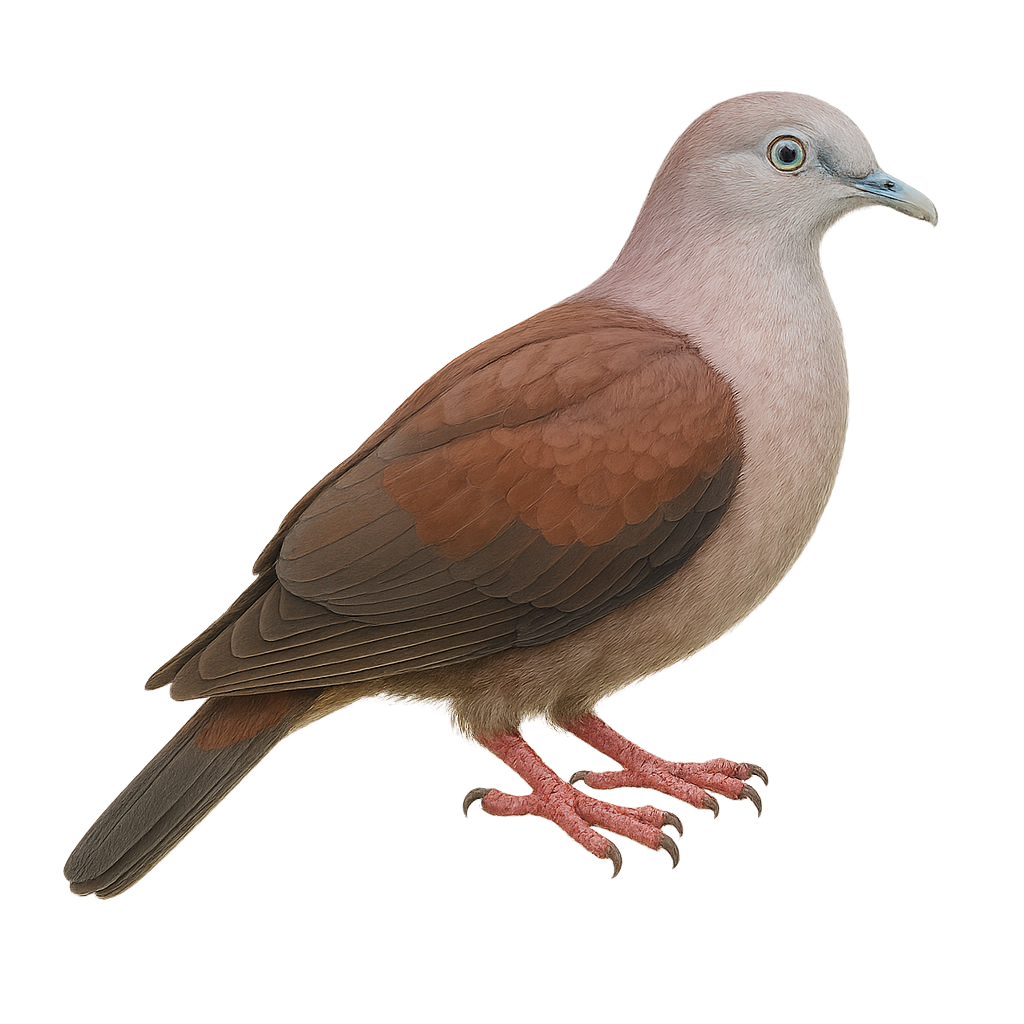Your wildlife photography guide.
Explore the mountain imperial pigeon in detail, study its behavior, prepare your shots.
Where to observe and photograph the mountain imperial pigeon in the wild
Learn where and when to spot the mountain imperial pigeon in the wild, how to identify the species based on distinctive features, and what natural environments it inhabits. The WildlifePhotographer app offers tailored photography tips that reflect the mountain imperial pigeon’s behavior, helping you capture better wildlife images. Explore the full species profile for key information including description, habitat, active periods, and approach techniques.
Mountain Imperial Pigeon
Scientific name: Ducula badia

IUCN Status: Least Concern
Family: COLUMBIDAE
Group: Birds
Sensitivity to human approach: Suspicious
Minimum approach distance: 10 m
Courtship display: February to March
Incubation: 25-27 jours
Hatchings: February to April
Habitat:
Tropical forests, subtropical forests, mangroves
Activity period :
Primarily active during the day, with peak activity in the morning and late afternoon.
Identification and description:
The Mountain Imperial Pigeon, scientifically known as Ducula badia, is a large bird belonging to the Columbidae family. It is characterized by its predominantly grey plumage with metallic green hues on its wings and back. Its head is lighter, often a pale grey, contrasting with its reddish eyes. This bird is primarily arboreal, inhabiting the tropical and subtropical forests of Southeast Asia. It mainly feeds on fruits, thus contributing to seed dispersal in its habitat. The Mountain Imperial Pigeon is a discreet bird, often identified by its soft and melodious call. It plays a crucial role in the forest ecosystem, helping to maintain biodiversity.
Recommended lens:
400 mm – adjust based on distance, desired framing (portrait or habitat), and approach conditions.
Photography tips:
To photograph the Mountain Imperial Pigeon, it is advisable to use a telephoto lens of at least 400mm to capture detailed images without disturbing the bird. Look for areas where fruit trees are abundant, as these birds are often attracted to fruits. Be patient and discreet, as they can be suspicious. Use a tripod to stabilize your camera and wait for the right moment to capture the bird in its natural environment. Morning or afternoon light is ideal for achieving vibrant and natural colors.
From knowledge to field practice
A species profile helps you understand an animal. In the field, the challenge is often different. Remembering your own observations.
The WildlifePhotographer app allows you to:
• record your personal observations
• note locations, dates, and behaviors
• revisit your field references over time
• build a private and long-term field logbook
The app does not provide observation locations.
It helps you organize what you actually observe, with respect for wildlife.

